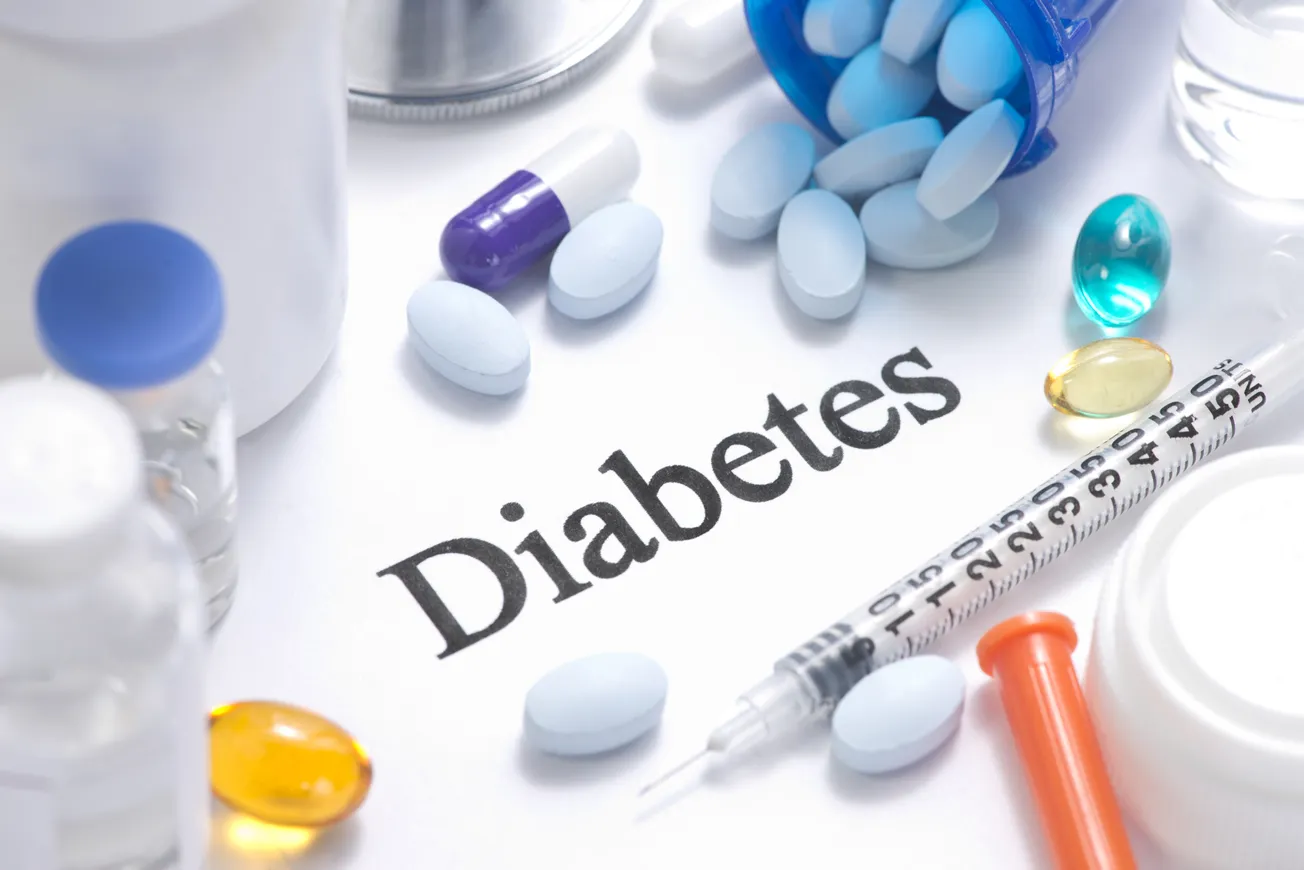A race is under way among pharmaceutical companies to develop drugs that treat a spectrum of liver diseases, including nonalcoholic fatty liver disease (NAFLD), an asymptomatic condition characterized by elevated levels of fat in the liver, and its more severe form, nonalcoholic steatohepatitis (NASH). The main risk factors for fatty liver disease include a sedentary lifestyle, diabetes, obesity, high sugar intake and old age.

Dr. Scott Howell
Industry experts project that the global market for liver disease drugs is $35 billion, with several drugs in late-stage testing, and dozens more in the global pipeline. Treatments are expected to be approved as early as 2021.
NAFLD and Type 2 Diabetes
As a common complication of type 2 diabetes (T2D) and obesity, NAFLD can be an overlooked comorbidity. Nevertheless, it affects millions of Americans and costs the United States health care system $32 billion annually. Currently, estimates show that 30% to 40% of U.S. adults have NAFLD, and 3% to 12% have NASH. Not a result of alcohol consumption, NAFLD is the most common type of liver disease in the Western world. It is associated with obesity, insulin resistance, diabetes and other metabolic risk factors and directly related to too much fat in the liver cells. Eventually, NAFLD can lead to cirrhosis and liver cancer.
The NAFLD/Diabetes/Cardiovascular Connection
The rush to develop these important drugs begins with the connection between NAFLD and T2D. Diabetes is one of the leading causes of disability and death in the United States. One in 10 Americans have diabetes — more than 30 million people — and another 84 million adults are at high risk of developing T2D.
(click image to enlarge)
T2D has been shown to worsen the course of NAFLD, while liver disease makes diabetes management more challenging. The negative symbiotic nature of this relationship is based upon the growing prevalence of NAFLD, which is often linked to the epidemic of obesity and the hepatic manifestation of the metabolic syndrome. NAFLD is, however, a much more complex disease process that may also be observed in nonobese individuals and in patients with no clinical manifestations of the metabolic syndrome. In fact, it carries both metabolic and liver-specific complications. Diabetes also appears to promote the development of NASH and increases the risk of cirrhosis and hepatocellular carcinoma.
There is another link between diabetes and cardiovascular disease (CVD) — which is also connected to NAFLD. NASH has few symptoms and often normal liver enzyme tests. Nevertheless, it is a leading cause of end-stage liver disease and hepatocellular carcinoma (HCC), and significantly increases the risk for prediabetics to develop T2D and CVD.
Cardiovascular events in NAFLD are increased 1.87-fold in the presence of T2D diabetes. What’s more, many factors lead to CVD in patients with T2D and NAFLD, with many of them tending to have more severe hepatic insulin resistance leading to progressive deterioration of glycemic control.
What Can Be Done Today
In the intervening years between now and when liver disease drugs are launched, the American Diabetes Association (ADA) offers “Standards of Medical Care in Diabetes — 2019,” stating that noninvasive tests, such as elastography or fibrosis biomarkers, may be used to assess risk of fibrosis in T2D with elevated liver enzymes. However, referral to a liver specialist and liver biopsy may be required for definitive diagnosis. Interventions that improve metabolic abnormalities in patients with diabetes (weight loss, glycemic control, and treatment with specific drugs for hyperglycemia or dyslipidemia) are also beneficial for fatty liver disease.
American Association for the Study of Liver Diseases guidelines favor assessing T2D with blood biomarkers or FibroScan vibration controlled transient elastography (VCTE). The association recommends that there should be a high index of suspicion for NAFLD and NASH in patients with T2D. Clinical decision aids such as NAFLD fibrosis score (NFS) or fibrosis-4 index (FIB-4) or VCTE can be used to identify those at low or high risk for advanced fibrosis.
Role of Health Care Providers
Too often, health care providers rely upon abnormal liver enzymes to guide specialist referrals, which alone are a poor diagnostic of liver NAFLD or NASH.
To help clinicians combat the spike in NAFLD among patients with T2D, FibroScan, a noninvasive, painless and quick examination, is designed to quantify the stiffness of the liver via proprietary and patented technique of VCTE, a medical non-imaging modality that quantifies the stiffness of liver tissue. In addition, FibroScan also measures CAP, a quantification estimate of liver fat.
Together these measures provide consistent information about the presence or status of disease, which is important in the diagnosis and monitoring of NAFLD.
Dr. Scott Howell serves as an advisor at Echosens.









